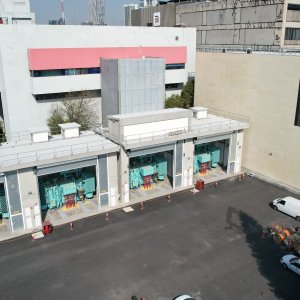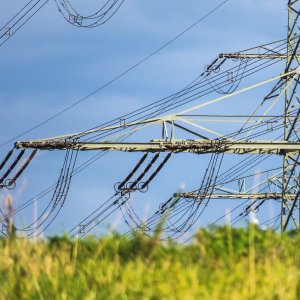Let Market Forces Do Their Work

STORY INLINE POST
Q: What is your assessment on the López Obrador administration’s energy policies?
A: Based on the National Development Plan, which is the first formal document this administration has introduced, there is a latent need to strengthen public entities like CFE. It is worth mentioning that in this new landscape, the separation of duties among the regulator, the system operator and the policymaker have been reintegrated within CFE. Currently, the company functions as the system’s operator, but also has regulatory and policymaking capabilities. This implies certain conflicts of interest and might not be the best solution for the sector’s development. In this sense, the new CFE must be understood in order to define the private sector’s role under this scenario.
Participation in the sector can be divided into three main segments. First, CFE, will need to deliver reliable electricity supply and the administration will have to define a new mechanism to guarantee this. Second, other alternatives in the market, such as legacy and auction-winning projects and IPPs, that still play a relevant role in the energy system. Third, the Wholesale Electricity Market, which is strongly linked to bilateral contracts between commercial and industrial consumers. This mechanism has been very successful and will be vital to long-term investment. As a result, merchant-risk projects and bilateral contracts are next natural steps for expanding the market, while CFE defines new mechanisms to procure energy from private projects to tackle growing power demand in the country.
Q: What are the association’s priorities to ensure Mexico’s solar industry continues to grow?
A: Our main priority is to preserve the current power market conditions because that will send the correct price signals to promote investment. For this to take place, we need transparency. We are willing to work hand in hand with CRE and CENACE to ensure proper regulation to strengthen transparency in the Wholesale Energy Market. The WEM is already launching PPAs and even full-merchant projects and the industry is now used to this new market reality. Long-term PPAs are lagging behind, and we are seeing an increase in shorter-term PPAs with major risk profiles. In fact, there is already a 300MW project in operation under a 100 percent merchant risk scheme in Mexico. The WEM is fundamental as companies compare energy prices through this platform. If this reference does not exist, it will be very difficult to determine project conditions and hence, further deployment.
Q: What is needed to introduce local content practices in the solar PV industry?
A: In this particular case, we should analyze specific cases to determine what global-scale economies offer. At least in the solar PV industry, 50 percent of the value of a utility-scale project could be provided by Mexican suppliers, including parts such as transformers, boards, cabling and steel structures. Industry development has been so rapid that potential local suppliers have just started to look at this market niche.
In Mexico, there are many local providers, particularly for transformers and cables. These companies are already working closely with this industry and some are associates of ASOLMEX. Other industry segments also could be part of this transition, but these companies have not explored those opportunities yet. Overall, the Ministry of Economy has done an excellent job in developing a matchmaking strategy to adapt some products to specific applications.
Q: What industry innovations are set to change the way solar energy is captured?
A: Currently, there are two disruptive changes that will impact the market’s dynamics. The first is the incorporation of string inverters that substitute larger central inverters. In fact, the first solar facility with string inverters started operations in 4Q18. This precedent will facilitate further deployment. The second disruption deals with energy storage. The first solar facility that offers a large-scale battery energy storage solution (BESS) entered recently in commercial operation in La Paz, BCS at the Aura Solar III project. Given the country’s scarcity of transmission infrastructure and the lower prices for BESS, we will see greater potential and investment in places like the Baja California and Yucatan peninsulas offering ancillary services to the grid. Bifacial panels also will enter the pool of options for developers, although their impact will not be as large.
The Mexican Association of Solar Energy (ASOLMEX) groups operators, investors, providers and developers of utility-scale solar projects and distributed solar generation. It represents the interests of the industry through a forum that motivates the advancement of the regulatory and legal framework.























